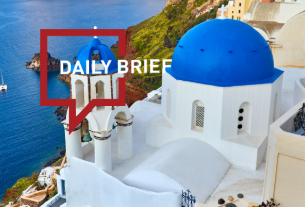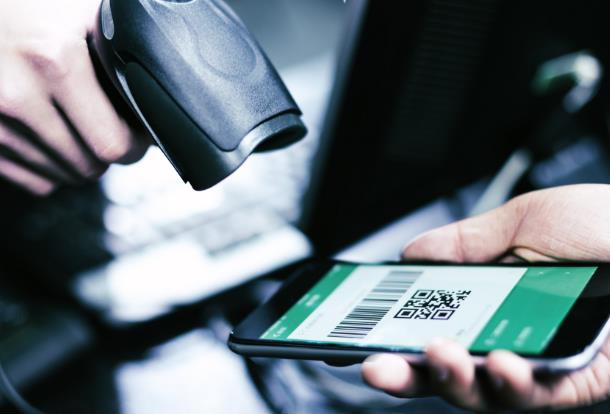Our lives have become increasingly mobile, with research showing that US consumers spend more than five hours each day interacting with on-the-go devices.
Today’s connected travellers aren’t just spending more time on mobile, their expectations for this channel are growing at the same time. A recent Google survey found that 90% of consumers booking or researching travel through mobile devices – such as smartphones or tablets – will switch to a different website or app if their needs aren’t quickly met.
It’s clear that today’s travellers have instant, mobile-first requirements for the brands they choose to do business with and they will not hesitate to move on to another travel company if the experience isn’t right.
For travel and hospitality businesses looking to more effectively engage and build long-term relationships with current and prospective customers, they’ll need to do more than simply offer mobile options. Rather, travel companies will need to shift their digital strategy by optimizing customer experiences with targeting and personalization features to meet these new on-the-go consumer preferences for interacting online.
Getting travel companies started on their mobile optimization journeys
For travel companies looking to create fluid and effective mobile experiences, the first step is understanding how to develop and design digital content that keeps customers engaged.
While brands were previously forced to build entirely new websites to meet the varying dimensions of mobile devices and the evolving needs of users, innovative technologies have allowed brands to forego this lengthy process.
Take, for example, responsive web design. By incorporating this technical feature into a travel company’s website, it will automatically configure to meet the specific dimensions and requirements of any smartphone, tablet or laptop.
Another technological feature travel companies can consider is single-page applications (SPAs), which have a distinct ability to quickly redraw any part of a browser’s interface, dynamically updating the page as the customer engages with it.
Aside from these established mobile website technologies, travel brands should also consider developing native applications for their loyal customers. These apps can be designed and optimized for any operating system, ensuring a fluid experience for travelers on any mobile device. While these technologies allow travel companies to improve mobile experiences, optimization doesn’t simply stop at the device; rather, these businesses must also think about how they can tailor the entire customer experience.
Connected travelers demand personalized attention
Today’s travellers expect companies to know what they’re looking for and, in turn, proactively provide the most valuable information at the right time.
This process starts with digging into broad data pools pulled from customer engagements on a mobile application or website. Analyzing this data allows these businesses to get to know the different customer segments that are meaningful to the company, and gain insight on how these people interact online. Discovering these groups of customers will allow a travel company to begin collecting behavioral information and examining trends within each segment.
Once the company has a handle on its key customers, the next step is conducting targeted experiments to learn what influences them.
Leveraging machine learning capabilities, the travel company can launch campaigns focused on the different groups of customers and take in individualized data on how they react to these experiments.
The goal here is to analyze the data to gain a deeper understanding on what drives customers to convert – be it going through the process of booking a flight, or taking the steps to sign up for a loyalty program.
Throughout these experiments, travel businesses start to build customer profiles – information that paints a holistic picture of who each customer is and what drives them down the path to purchase. Equipped with this comprehensive information, travel companies can go beyond simply optimizing content for mobile display, and start creating entirely personalized experiences to meet individual travelers’ needs.
There’s no doubt that mobile is an increasingly critical aspect of any travel company’s digital strategy – with major brands such as Hilton allowing customers to leverage its mobile app as a “digital key,” and numerous airlines enabling travelers to use their smartphones as a boarding pass.
However, simply plugging-and-playing these features into the mobile experience isn’t enough to entice the connected traveller in 2017.
With so many options for researching and booking travel, consumers are willing to leave a brand’s mobile app or website if they don’t feel as though their needs are being met, plaguing the travel industry with low customer loyalty.
But if travel and hospitality businesses can develop a mobile-first strategy that incorporates personalized elements, they can bolster customer experiences to drive conversions and create lifelong, happy customers.
Read Original Article




